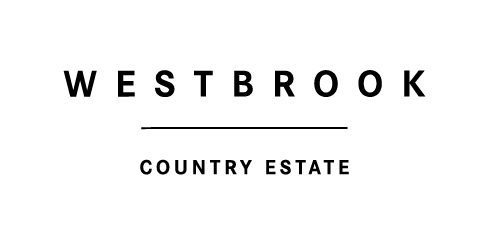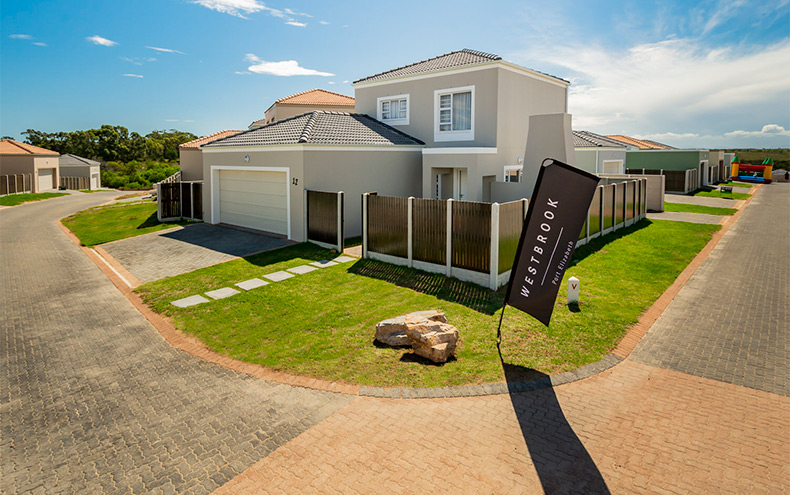Developing real estate for post-Covid communities


Winston Churchill once famously observed that “we shape our buildings and thereafter, our buildings shape us”. The statement implies that buildings provide the context within which people come together to connect, to grow, to learn, to support one another, and ultimately, to flourish.
Buildings create the spaces where meaningful relationships form, and where communities evolve. Communities are the social cement that bind people and hold neighborhoods together. And the need for connected communities has perhaps never before been more apparent – or necessary – than as the world starts to emerge from a global pandemic that forced us into social distancing, self-isolation, remote learning, and working from home.
Prior to 2020, much emphasis had been placed on the physical attributes of the built environment – the quality of the build, fixtures and finishes, need for green space, amenities and facilities, environmental sustainability and the like. But the COVID-19 crisis has spurred developers and urban planners to think more seriously about how to design spaces that help communities to become more self-sufficient and resilient. More attention is now being paid to the principles of designing and developing services and support structures that help residents integrate, agree on priorities, work together, self-organise, withstand and respond positively to change.
The traditional bricks-and-mortar approach to developing residential real estate is forever changed. In our post COVID-19 reality, property developers are fast realizing that they also need to take the mental health and emotional well-being of their residents into account. Creating thriving communities involves far more than laying roads, delivering infrastructure and building houses; it’s about providing balanced, nurturing sustainable environments in which individuals and families can live, learn, work and play in safe, secure, connected, harmonious communities.
Gheberha’s largest and fastest growing residential estates – Westbrook – is a good case in point. Developed by the Amdec Group, South Africa’s leading developer of new urban lifestyles, this multigenerational lifestyle estate has been designed with a real sense of community at its core. A fully walkable environment dotted with ponds, playgrounds and picnic areas, and crisscrossed with footpaths, jogging and cycle tracks, Westbrook offers designer homes and communal facilities that encourage social interaction along with an active, healthy outdoor lifestyle.
Westbrook is set on 128 hectares of lush parkland, teeming with birds and indigenous plant life. It occupies a prime location on Gqeberha’s western edge, conveniently close to retail and commercial nodes, offering easy access to major arterials, beaches, and the city’s central business district. The completed development will comprise nine residential estates, a bustling town centre with shops, restaurants, offices, medical facilities and health clubs, a Curro private school, and an Evergreen retirement village.
In the wake of COVID-19, affordability and value for money is key. Buyers are looking for compact homes with good work-from-home potential and an excellent fibre-optic infrastructure so that they can stay connected with friends, family and colleagues via their laptops, cellphones, and tablets. Safety and security, low maintenance, lock-up-and-go, and live-work-play convenience are also strong motivating factors.
Given the deep societal challenges posed by the coronavirus, we can expect far more multi-faceted, multi-generational developments like Westbrook to emerge, community-focused estates that provide for the practical and emotional needs of their residents while delivering financial and occupational peace of mind, state-of-the-art safety and security, and resort-style services and amenities.
To find out more about homes for sale at River Dale in Westbrook, please click here.







